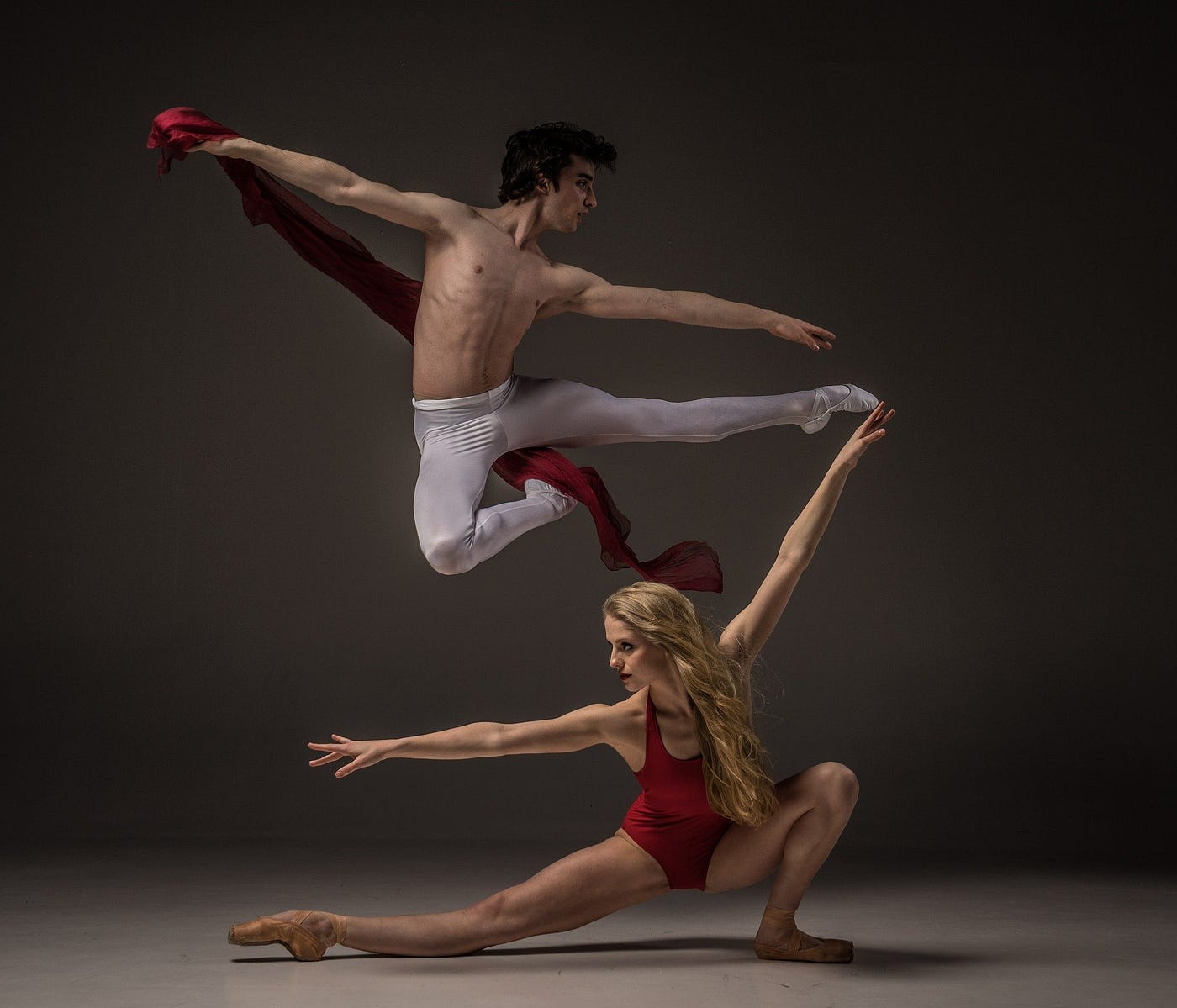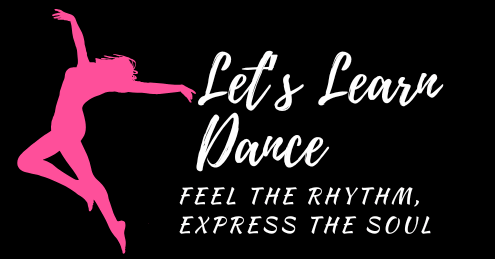
5 Important Facts About Dance
The Science Behind Dance
Through its foundation in biomechanics, neuroscience, psychology and even chemistry dance is more than just a type of art or cultural expression. Dancing is one of the most interesting methods to find out the internal structure of the human body, that functions like a complex machine when it is in motion. Let’s analyse how different bodily systems interact to generate movement, rhythm, coordination, and emotional expression while we divide the science behind dance. Basically dance is the physical display of emotion and rhythm, requiring the coordination of the brain, muscles, bones and senses. Grasping the principles of biomechanics is essential for truly comprehending the mechanics of body movement. A dancer utilises a range of joints and muscle groups when they jump, spin, or stretch.Bones function as levers, joints provide mobility, and muscles work in harmony through contraction and release to create fluid movement. Dancers often dedicate years improving their posture, flexibility, balance, and muscle memory – all of that are affected by kinesiology and the laws of physics.
Cultural Significance of Dance Around the World
Across the world, dance holds deep cultural value and serves as a universal language that transcends borders, generations, and spiritual beliefs. For centuries, dance has served as a cornerstone of human culture, rooted in tradition, emotional expression, and social connection. It can be an effective instrument for individuals and groups to express identity, emotion, and collective memory, whether it is employed in rituals, celebrations, or storytelling. Dance is associated with ceremonial rituals and spiritual practices in many indigenous cultures. For example, Native American tribes respect nature, ancestral spirits, and deities by engaging in sacred dances. Similar to this, traditional dances such as the Yoruba and Zulu dances are often performed during religious ceremonies, harvest festivals, and rites of passage in African cultures. These dances, that carry symbolic meanings that have been passed down through the generations, are considered as sacred beyond serving as artistic expressions. In Asia, dance is often linked with classical art forms that have been influenced by philosophy, history, and mythology. Stories from ancient epics like the Ramayana and Mahabharata are presented by the utilisation of symbolic gestures, facial expression, and rhythmic footwork in Indian classical dances like Kathak and Bharatanatyam. The elegant movements of the traditional Noh or Kabuki dance theatre in Japan highlight moral lessons and historical stories. In a similar way, centuries-old customs and beliefs are represented in Chinese classical and folk dances, that puts a highlight on harmony, beauty and balance.
How Dance Connects Mind, Body and Soul
The mind, body and soul are all wonderfully linked in a harmonious rhythm by dance, that is a strong form of expression. It is a broad experience that interacts our emotions, thoughts, and physical selves; it is more than just movement. Dancing, whether it becomes an energetic folk dance, a soulful contemporary structure, or a classical ballet, combines every part of our lives in a special and informative way. The art of dancing is basically a physical activity. The body transforms through a means for conveying stories and expressing feelings. Each motion – whether a pose, a step, or a gesture – requires a blend of power, coordination, and refined physical precision. Yet, dancing is a psychological workout along with a physical one. It requires focus, memory, and mental discipline to learn choreography. While keeping an emotional link to the performance, dancers must keep to be aware of their timing, space, rhythm, and technique. This mental activity reduces mental stress, encourages mindfulness, and enhances cognitive skills. Dancing is a release on an emotional level. The movement provides the soul a voice. Dance is a method for the body to express itself when words can’t. It provides a safe space to convey satisfaction, pain, anger, love or discomfort. For many, it acts as a form of therapy through attracting into the inner self. Dancing has the power to inspire the spirit and provide one a feeling of liberty, strength, and energy. Dance can be highly personal and spiritually uplifting due to this emotional connection.
Dance as a Tool for Social Change
For a long time, dance has acted as an effective tool for resistance, transformation, and communication along with serving as a form of entertainment and cultural expression. Dance has the power to empower individuals, eliminate social norms, and connect communities jointly across linguistic, cultural and geographical divides. Dancing is especially movement with an objective. Various dance forms have emerged gradually to express social issues such as oppression, inequality, injustice, and identity along with recognising life. By choreographed performances, protest dances, flash mobs, and spontaneous movements, dance has been crucial in conveying rejection and attracting attention to problems which need collective attention. It made invisible issues solid and emotionally applicable by allowing people to physically embody their stories, challenges, and desires. Dance’s accessibility is one of the primary variables that lead to its usefulness as a social change agent. It only needs the body and the will to move; not formal education nor advanced language skills are essential. Due to its accessibility, dance may serve as a platform for neglected voices that are often ignored or silenced in mainstream discussion. It enables individuals who lack a voice to speak, those who are silenced to be heard, and those who are overlooked to shine.
Role of Dance in Films and Theatre
Dance has historically held an important place in the performance sector, showing in both theatre and shows. Dance is a visual language that expresses emotion, boosts stories, and provides aesthetic beauty to a production. It goes beyond mere artistic expression, embodying deeper meaning and purpose. It operates as a dynamic element that combines narrative and emotion in live theatre and movies, attracting audiences in a unique and captivating way. Dance can be used as a narrative gadget, to express character emotions, or to highlight the mood of a scene in shows. Particularly, musical films depend on choreographed moments to develop the story, indicate a character’s inner existence, or generate strong moments of happiness, sadness or the transformation.
